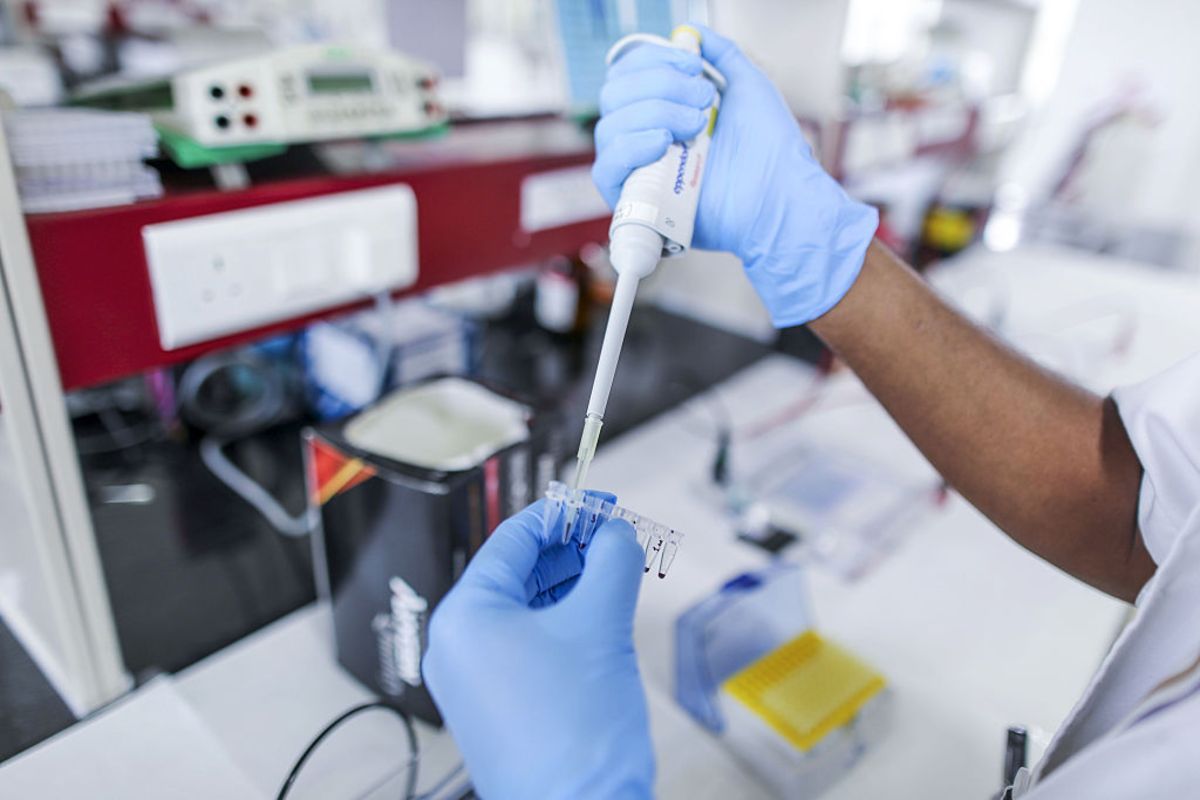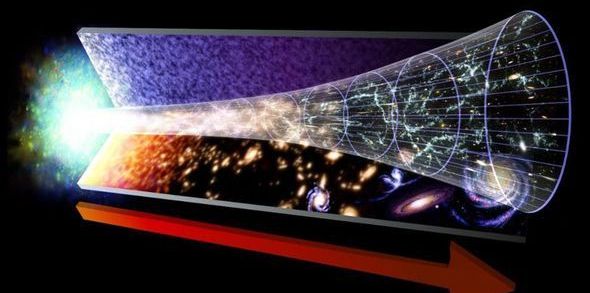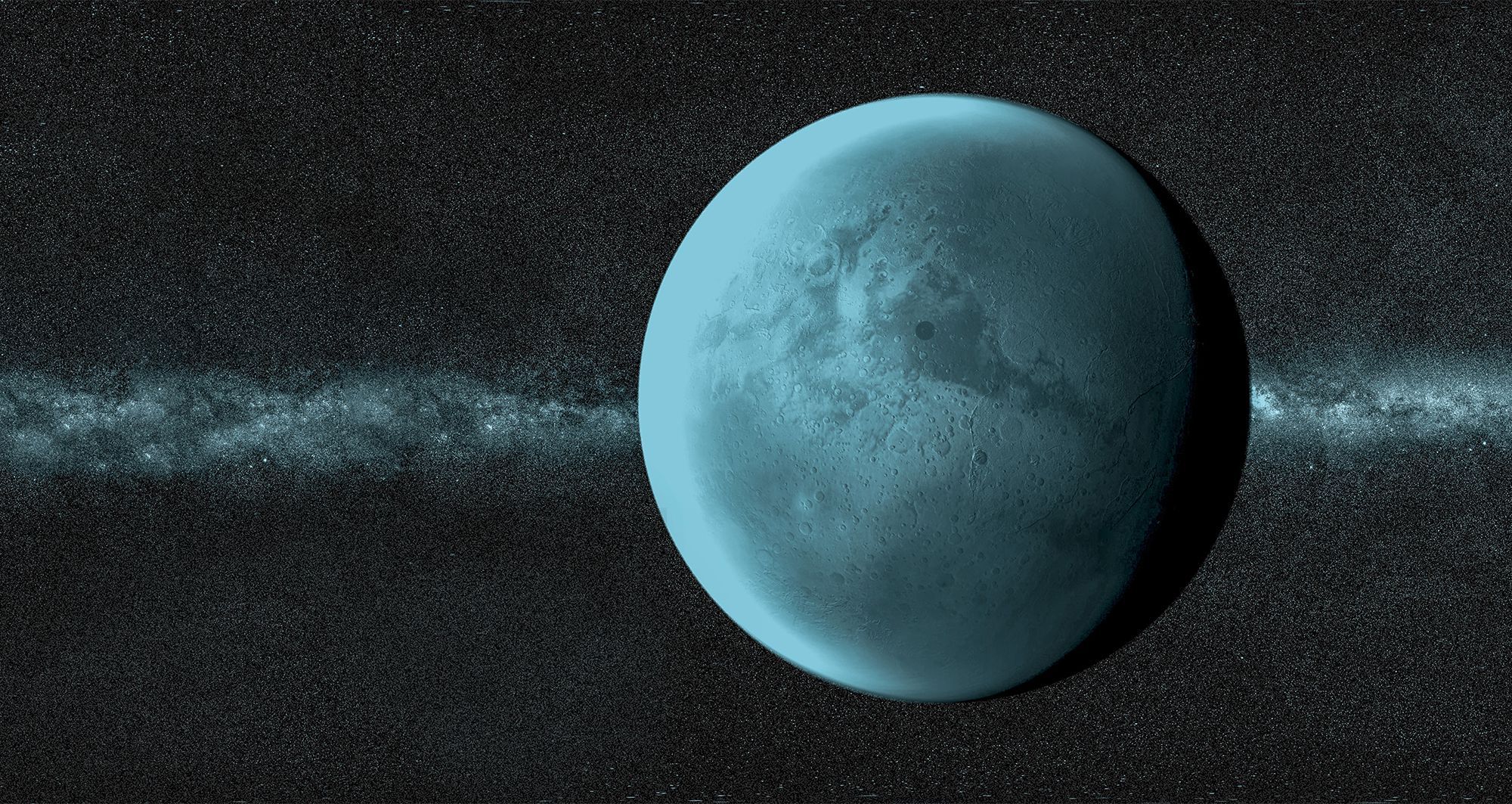Crispr has driven biotech investment, but also the possibility of dangerous applications.







Elon Musk is an engineer at heart, a tinkerer, a problem-solver—the kind of person Popular Mechanics has always championed—and the problems he’s trying to solve are hard. Really hard. He could find better ways to spend his money, that’s for sure. And yet there he is, trying to build gasless cars and build reusable rockets and build tunnels that make traffic go away. For all his faults and unpredictability, we need him out there doing that. We need people who have ideas. We need people who take risks.
We need people who try.
Take a virtual tour of the moon in 4K.
